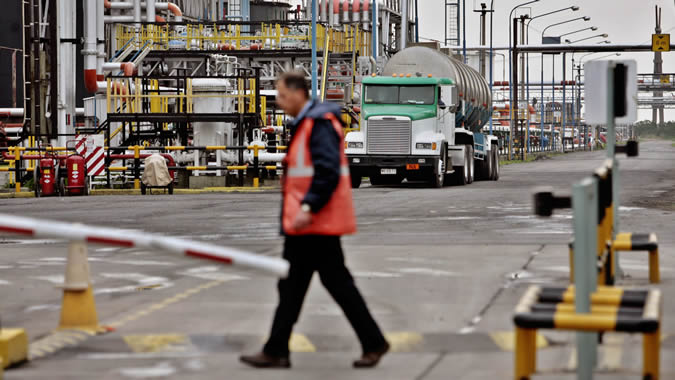Briefing note
Ninety-five percent of employment in Argentina is concentrated in half of the 52 micro-regions in which the country can be divided, according to a study published recently by the Economic Commission for Latin America and the Caribbean (ECLAC) that investigates the relationship between production and territories and its importance for planning public investment in infrastructure that is at the service of the productive framework.
The report Productive Complexes and Territory in Argentina: Contributions for the Study of the Country’s Economic Geography (only available in Spanish) presents the results of a research study done in the context of the technical assistance provided by ECLAC’s Buenos Aires Office to Argentina’s Undersecretariat for the Territorial Planning of Public Investment between 2013 and 2015, with financing from the CAF Latin American Development Bank.
The document analyzes a database created specifically for this project with statistical information from the year 2012 that came from diverse sources.
Through the database it is possible to link each of the 52 micro-regions in which the country can be divided, according to a segmentation established in the Argentine government’s recent Territorial Strategic Plan, with a set of descriptive variables of a selection of 29 productive complexes (understood as the group of actors, activities, structures and relationships that comprise the production and commercialization of products or services).
Registered employment in the different productive chains is the main descriptive variable, although other aspects are also taken into account, such as the total payroll, the number of companies and the quantity of export firms. The goal is to obtain an accurate outlook on the composition of the productive structure of the territories grouped in different micro-regions.
The study shows that the majority of productive complexes are concentrated in a few micro-regions, with the megalopolis centered in Buenos Aires having an important weight. Only some micro-regions have a significant participation in specific activities, such as wine-growing in Mendoza and rice production in Entre Ríos or wheat production in the Pampas plains. In general, farming complexes are geographically more dispersed while industrial-based ones tend to be more concentrated.
Furthermore, this analysis reveals the importance of some activities that have not been factored in much in conventional studies of economic activity, such as tourism and mining. This first sector has significant weight because of the level of employment it generates and because it is present in many of the micro-regions. Although mining is present in a more limited number of areas, it is also quite relevant.
In terms of their weight in employment, these activities are followed by other, more traditional ones, such as the sectors of automobiles and auto parts, textiles and clothing, medications for human use, meat and cattle, and soybeans. These results seem to indicate that the potential for employment creation of farming activities is smaller than that of industry, tourism and mining.



